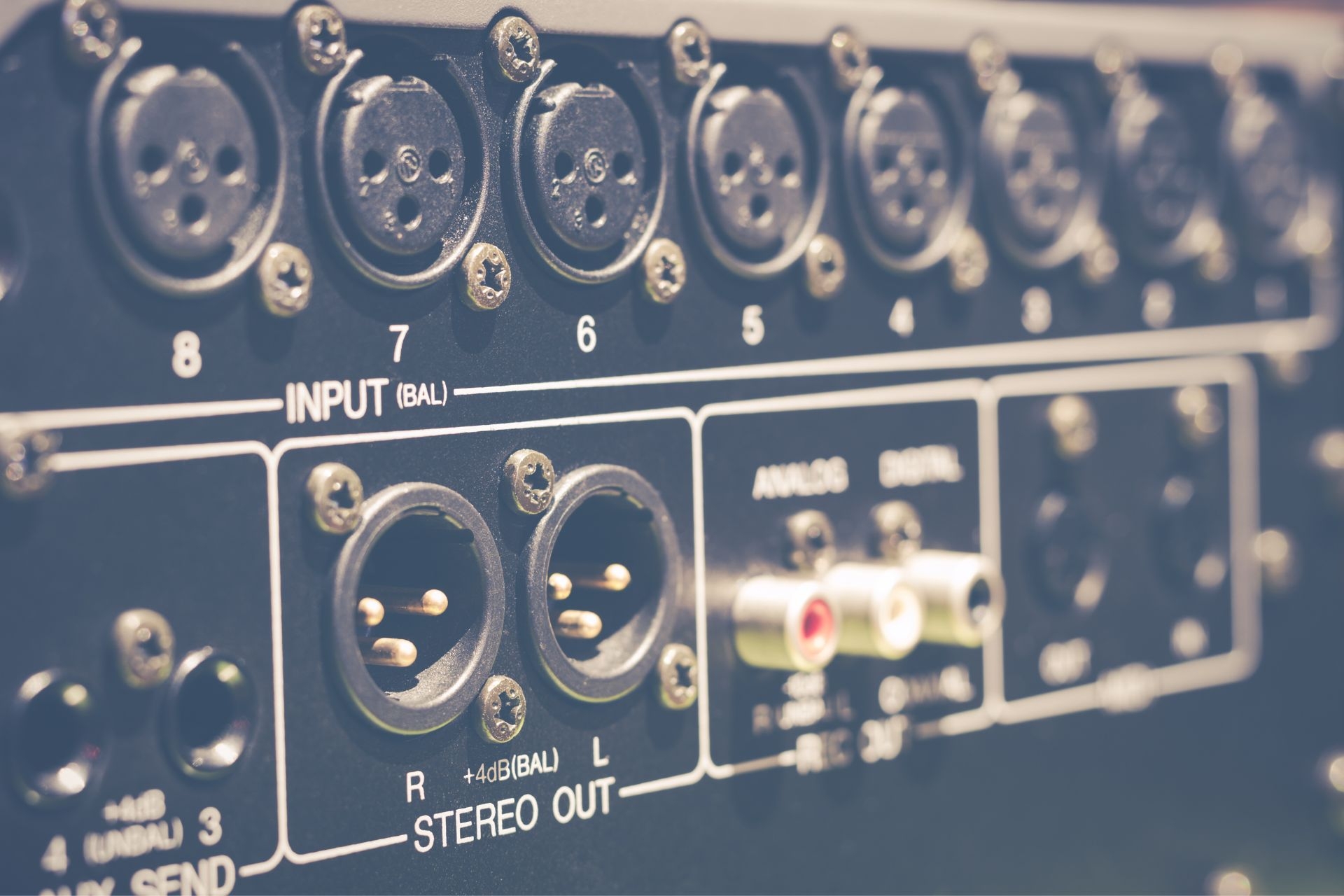

Blockchain technology ensures the security and immutability of video files stored on a blockchain-based video storage platform through its decentralized and transparent nature. Each video file is divided into blocks and encrypted using cryptographic algorithms. These blocks are then distributed across multiple nodes in the network, making it extremely difficult for any unauthorized party to tamper with the data. Additionally, the use of consensus mechanisms, such as proof of work or proof of stake, ensures that any changes to the video files must be agreed upon by the majority of the network participants, further enhancing the security and immutability of the stored videos.
There are several advantages of using a blockchain-based video storage platform compared to traditional centralized video storage systems. Firstly, the decentralized nature of blockchain ensures that there is no single point of failure, making it more resistant to hacking or data loss. Secondly, the transparency of blockchain allows users to verify the authenticity and integrity of the video files, reducing the risk of fraud or manipulation. Thirdly, blockchain-based platforms can provide enhanced privacy and control over personal data, as users can maintain ownership and control of their video files without relying on a third-party service provider. Lastly, the use of smart contracts in blockchain-based platforms enables automated and secure transactions, facilitating seamless monetization and distribution of video content.
Falco, the open-source, cloud-native, runtime security tool, recently graduated from the Cloud Native Computing Foundation’s incubation program. That means it’s considered stable and ready for use in production environments, including Azure. It joins many of the key components of a cloud-native platform including Helm, Envoy, etcd, KEDA, and Cloud Events.I recently had a conversation with Loris Degioanni, the CTO and founder of cloud-native security company Sysdig and the creator of Falco, about the philosophy behind the project and how it’s being used across Kubernetes applications.To read this article in full, please click here
Posted by on 2024-03-15
Low-code development platform provider OutSystems has released AI Agent Builder, a no-code tool for building custom generative AI agents using large language models (LLMs) from Azure OpenAI or Amazon Bedrock.To read this article in full, please click here
Posted by on 2024-03-13
PostgreSQL pioneer Mike Stonebraker and Spark creator Matei Zaharia, along with other computer scientists at MIT and Stanford have come up with a new database-oriented operating system (DBOS) to help development of greenfield web applications.They have set up a company, DBOS Inc., to make the OS available to developers.Its first product, DBOS Cloud, launched Tuesday, is a transactional serverless application platform, also sometimes defined as functions-as-a-service (FaaS). It is offered via Amazon Web Services (AWS) using the open-source virtual machine monitoring service Firecracker and is powered by the DBOS operating system.To read this article in full, please click here
Posted by on 2024-03-12
This Axios article states what we already know: The responses coming from many generative AI (genAI) systems are misleading, not what the users asked for, or just plain wrong. The public issue is that Microsoft software engineering lead Shane Jones sent letters to FTC chair Lina Khan and Microsoft’s board of directors on March 6 saying that Microsoft’s AI image generator created violent and sexual images and used copyrighted images when given specific prompts.To read this article in full, please click here
Posted by on 2024-03-12
Scalability is a significant concern when it comes to storing large video files on a blockchain-based platform. To address this issue, blockchain platforms can utilize various techniques such as sharding, off-chain storage, or distributed file systems. Sharding involves dividing the video files into smaller pieces and distributing them across multiple nodes, allowing for parallel processing and faster retrieval. Off-chain storage involves storing the video files on external storage systems, while the blockchain records the metadata and references to these files. Distributed file systems, such as IPFS (InterPlanetary File System), can be integrated with blockchain platforms to provide efficient and scalable storage solutions for video files.

Users can easily access and retrieve their video files from a blockchain-based video storage platform. The decentralized nature of blockchain ensures that the video files are stored across multiple nodes in the network, making them accessible from anywhere at any time. Users can access their video files by using their private keys or digital signatures to authenticate themselves on the platform. Additionally, the use of smart contracts can enable automated retrieval and distribution of video files based on predefined conditions or agreements. Overall, blockchain-based video storage platforms aim to provide a user-friendly and seamless experience for accessing and retrieving video files.
There are generally no limitations or restrictions on the types of video files that can be stored on a blockchain-based video storage platform. Blockchain technology itself does not impose any specific restrictions on the file formats or sizes. However, the practical limitations may arise from the storage capacity and bandwidth of the network. Large video files may require more storage space and bandwidth, which can impact the scalability and performance of the blockchain network. Therefore, it is important for blockchain-based video storage platforms to consider these practical limitations and optimize their infrastructure accordingly to accommodate different types of video files.

The use of blockchain technology in video storage platforms can have a significant impact on the copyright and intellectual property rights of video creators. Blockchain provides a transparent and immutable record of ownership and transactions, which can help establish proof of ownership and protect the rights of video creators. Smart contracts can be used to automate licensing agreements and ensure that creators are properly compensated for their work. Additionally, blockchain-based platforms can enable the tracking and monitoring of video usage, making it easier to detect and prevent unauthorized distribution or infringement of copyrighted content. Overall, blockchain technology can provide a more secure and efficient framework for managing and protecting the copyright and intellectual property rights of video creators.
The cost implications for users when using a blockchain-based video storage platform compared to traditional video storage solutions can vary depending on various factors. Blockchain-based platforms may require users to pay transaction fees for storing, retrieving, or transferring video files on the network. These fees are typically lower compared to the fees charged by traditional centralized storage providers. However, users may also need to consider the costs associated with the storage capacity and bandwidth required for storing and accessing video files on the blockchain network. Additionally, the initial setup and maintenance costs of blockchain infrastructure can be higher compared to traditional storage systems. Nevertheless, the potential benefits of enhanced security, transparency, and control over video files can outweigh the cost implications for many users.
